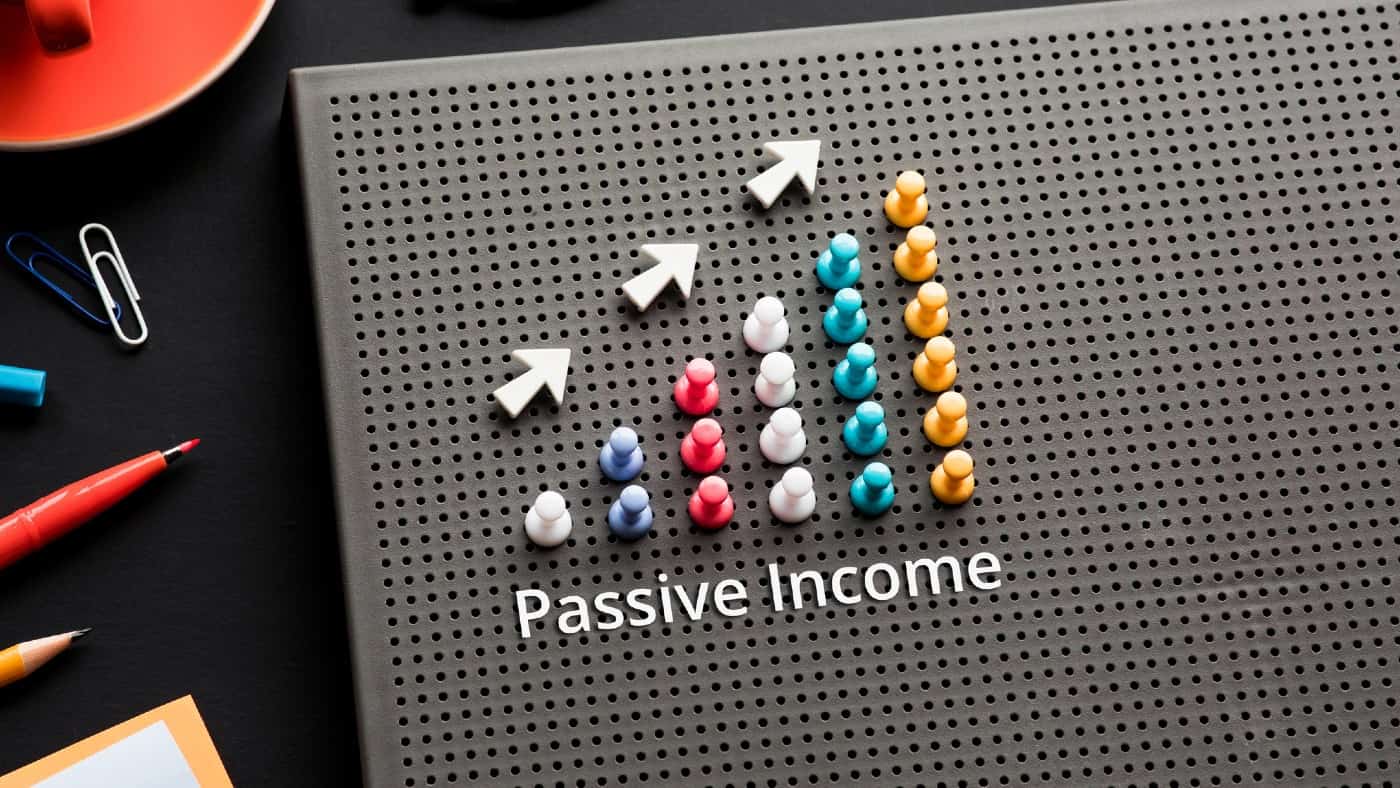

Dividend shares have proven to be a tremendous source of wealth for centuries. After all, they’re the primary driver of returns in the stock market when looking at long-term performance.
And when used correctly, they enable investors to establish steady streams of passive income with minimal effort.
Of course, to aim for a second income of £500 each month, or £6,000 a year, investors need a bit of capital. Historically, the FTSE 100 has yielded around 4%. By being more selective and picking individual stocks, achieving a portfolio yield closer to 5% without taking on additional risk isn’t too difficult.
However, even with this elevated payout, it still requires a portfolio worth £120,000.
Obviously, that’s not pocket change. But by leveraging the power of compounding, reaching this milestone isn’t as difficult as many may think. In fact, sparing just £250 each month could be enough. So let’s explore how exactly to try and pull this off.
Building a passive income portfolio
Savings accounts are terrific tools for protecting wealth. But even after the recent interest rate hikes, they’re still not great at growing it. The stock market, on the other hand, has far greater wealth-building potential. In fact, it’s averaged more than a 10% annualised return when looking at growth indices like the FTSE 250.
By matching this performance with something as simple as an index fund, investing just £250 each month would translate into a £120,000 portfolio within roughly 16 years. And for investors with a knack for picking winning stocks, achieving a higher return could significantly reduce this waiting time.
Waiting one-and-a-half decades is frankly less than ideal. But it perfectly highlights the importance of starting an investment journey as soon as possible. Having said that, this isn’t an invitation to rush in, guns blazing.
Unlike a savings account, investing carries risk. As recent months have perfectly demonstrated, the stock market can be quite volatile, even for income stocks, which are traditionally mature businesses. Crashes and corrections are an inescapable part of an investing journey. And it can result in investors having far less than expected by the end of the initial timeline.
However, several tactics are available to try and keep this risk in check.
Mitigating risk
It’s important to understand that the money for dividends doesn’t come out of thin air. This cash originates from excess capital a company makes from operations. In other words, when a company makes more money than it knows what to do with, it often ends up being redistributed to shareholders.
Therefore, if a firm’s revenue or, more importantly, earnings become compromised, there’s a good chance dividends will follow. And the last thing any income investor wants to hear is their quarterly cheque is getting cut. Apart from the lost income, stock prices also have a nasty habit of dropping on such news in a double whammy.
This is where diversification enters the picture. Instead of placing all capital into a single high-yield stock, investors can spread it across multiple firms. Preferably, these companies should operate in different industries, catering to other markets and customers.
While this does create more work when keeping an eye on these businesses, it reduces an investor’s exposure to a single dividend stock, cutting shareholder payouts.
The post How to target a £500 a month passively with dividend shares appeared first on The Motley Fool UK.
Our analysis has uncovered an incredible value play!
This seems ridiculous, but we almost never see shares looking this cheap. Yet this recent ‘Best Buy Now’ has a price/book ratio of 0.51. In plain English, this means that investors effectively get in on a business that holds £1 of assets for every 51p they invest!
Of course, this is the stock market where money is always at risk — these valuations can change and there are no guarantees. But some risks are a LOT more interesting than others, and at The Motley Fool we believe this company is amongst them.
What’s more, it currently boasts a stellar dividend yield of around 8.5%, and right now it’s possible for investors to jump aboard at near-historic lows. Want to get the name for yourself?
See the full investment case
setButtonColorDefaults(“#5FA85D”, ‘background’, ‘#5FA85D’);
setButtonColorDefaults(“#43A24A”, ‘border-color’, ‘#43A24A’);
setButtonColorDefaults(“#FFFFFF”, ‘color’, ‘#FFFFFF’);
})()
More reading
- I’m tempted by the dirt cheap Shell share price, but I’ll buy Rio Tinto first
- Should I buy the 2023 dip in FTSE 100 stocks? Here’s what the charts say
- How I’d invest £3 a day in an ISA to get a second income of £37,957 for life
- 3 things that could make me buy RC365 shares right now
- RC365 share price crashes: it may have further to go! Here’s what the charts say
Views expressed on the companies mentioned in this article are those of the writer and therefore may differ from the official recommendations we make in our subscription services such as Share Advisor, Hidden Winners and Pro. Here at The Motley Fool we believe that considering a diverse range of insights makes us better investors.




